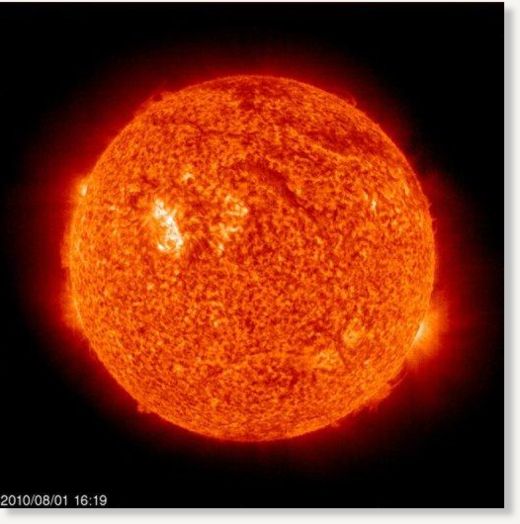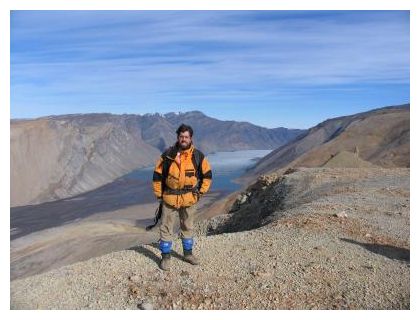
© Agence France-PresseA NASA's Solar and Heliospheric Observatory (SOHO) image of the Sun. Many people may be surprised to learn that the Sun, rather than burn with faultless consistency, goes through moments of calm and tempest
Several online news sites, including the
Huffington Post, have reported that the star Betelgeuse will undergo a supernova explosion next year - yes, that's 2012 - and shine as brightly in the sky as a second sun.
But according to scientists, it's all nonsense.
"Betelgeuse is losing mass, and it will turn into a supernova soon, but that 'soon' means on an astronomical time scale: It's as likely to happen a million years from now as it is tomorrow," University of Illinois astronomer Jim Kaler told Life's Little Mysteries, a sister site of SPACE.com.
No one knows quite when Betelgeuse, which is about 10 to 20 times more massive than our sun, will explode. But when it does detonate, the star, which forms the constellation Orion's right shoulder, won't look like a second sun in our sky, Kaler said.
"The supernova would hit somewhere around the brightness of a crescent moon," said Kaler, who has focused his research on dying stars since the 1950s. "It would definitely be visible in full daylight, and it would cast shadows. It might scare the crap out of people to be honest, but it would be nowhere near as bright as the sun."


